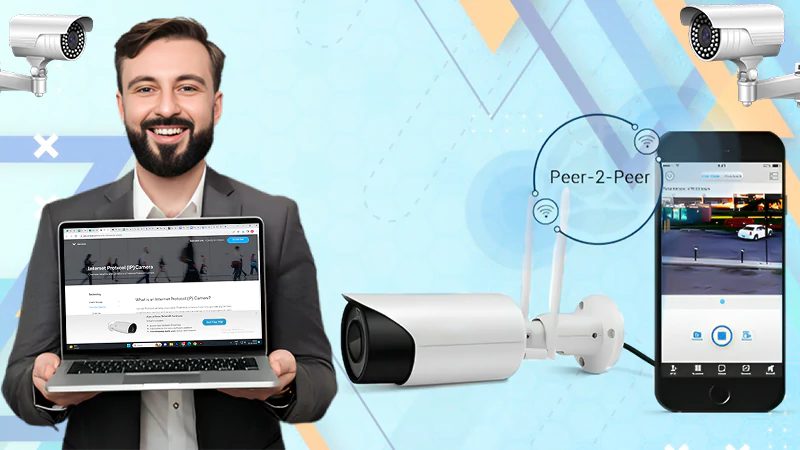Reasons Why Chatbots are Becoming very Popular
We are currently in the era of chatbots. In the last three years, chatbots have become an important utility tool for businesses, and they can be found in mobile applications and websites worldwide. The reasons for this are clear to see: chatbots add value to businesses and are highly beneficial to customers. They communicate with customers when human agents are absent. The use of ‘always-online’ chatbots is an excellent indicator of readiness to assist and support customers whenever they are in need; a strong signal of ‘customer-centric’. This has increased the use of chatbots in customer service, sales, and marketing research tremendously.
Apart from satisfying the need of customers across various touch points during purchase processes, chatbots are now used to improve user experience, enhance customer engagement, facilitate conversational marketing, and increase profitability.
The fact that chatbots are embraced by multinational corporations and big tech companies underscores their effectiveness. From Nike to Air France to American Express, the list is endless. Three years ago, Facebook launched the messenger bot to ‘allow developers to build chatbots for Messenger and chat widgets for the web’. This success has been emulated by Microsoft and Slack. It has been estimated that by year-end, more than 75% of businesses will utilize chatbots for various purposes.
This means chatbots are very popular and in the future, may become a mainstay of business processes. The question is ‘what has given rise to chatbots’ growth and acceptance?
The Need To Improve User Experience
At the heart of a positive user experience is the need to provide solutions to customers and render an excellent or, at least, satisfactory service to them. This means today’s businesses are striving to become more trustworthy, have a more accurate insight into the needs of the customers, and engage customers positively.
How Does Chatbot Enhance The User Experience?
- Chatbot enables businesses to interact with brands seamlessly. This ultimately leads to streamlined and more efficient customer service. They do this by being ‘always present’ to respond to your customer’s enquiries 24/7, offering instant and real-time solutions to simple problems.
- Integrating chatbot into social media strategy allows brands to optimise humanised marketing. Chatbots never get tired of interacting and create a rapport with customers. Powered by machine learning, it ‘self-improves’ to create a distinct ‘human-like’ presence. At the heart of this humanised style of bot marketing is the ability to infuse a personality into the chatbot, making it highly interactive, relatable and fun.
- Chatbots can also ‘better’ the marketing and sales research of businesses. They can be used to gather feedback, analytics and purchase behaviour for customers. This treasured information will tremendously impart businesses, getting them closer to their goals.
The Growth Of Instant Messaging Applications
Instant messaging applications (such as Facebook Messenger, Whatsapp, WeChat and Telegram) have grown exponentially, with 90% of the global smartphone users having at least one messaging app on their phones. This is unsurprising because we live in a hyper-communicative world, characterised by fast-paced replies and real-time feedback. Chatting via these instant messaging platforms, for most, has become a lifestyle.
These instant messaging platforms also have positive benefits for businesses. Their interactive and seamless feature allows them to be closer to customers, bridging the communicative gap that poses problems for both parties. Also, instant messaging platforms can help simplify customer acquisition, boost brand awareness and streamline customer transactions. When viewed holistically, the growth of instant messaging platforms had presented a boom for businesses in the area of marketing and customer service.
In some ways, the popularity of chatbots is tied to the increased utilisation of instant messaging platforms for business purposes. For instance, Facebook Messenger alone has more than 90,000 bots on their platform. Multinational companies like KLM, Nike and Pizza hut have utilised messenger bots to interact with customers, boost customer engagements, create more awareness and receive orders and payments. Studies have shown that before the year ends, more than 70% of businesses will be using chatbots, in one way or the other.
For small and medium-sized businesses, the use of chatbots presents an excellent opportunity to kickstart their social media marketing strategy and the growth of their brand awareness. These social media bots have rich features such as Facebook Auto Liker, Auto commenter, automatic private response and bulk messaging capabilities.
Read this also: Which drone is better than the DJI Mavic Pro/Air models?
Advanced technologies are now becoming more ‘human friendly
The recent trend in the tech world is to create, as experts put it, a more ‘humanized technological system’. This means to ‘humanize’ the interaction between customers and technologies. Since we use technological tools in our daily lives and have forged a relationship with them, the principle of humanizing technology revolves around a more seamless and effective use of technology through a more secure, user-oriented, and natural design.
This ‘humanising technology’ principle is one of the most critical elements in the creation of chatbot. Chatbots have evolved tremendously, similar to the way humans evolve. Today’s chatbots are powered by artificial intelligence, enabling it to self-improve based on machine learning to enhance the user’s experience. With the help of Natural language processing technology, chatbots can now create ‘human-like’ responses and comprehend customer’s questions at a superior level of intellectual depth. This has fuelled the popularity of chatbots, especially in the area of customer service.
Chatbots are revolutionising customer service and support, but without human collaboration, they can’t do enough. For instance, chatbots will handle any computational analysis, mathematical calculations and frequently asked questions, but in a situation where customers’ questions become more emotional or subjective, what will these chatbots do? Chatbots can refer these customers to human agents.
In the last three years, chatbot’s growth and popularity have reached new heights, and this will continue, as businesses yearn to engage and connect more with their customers.
Follow Us
Latest Post
















